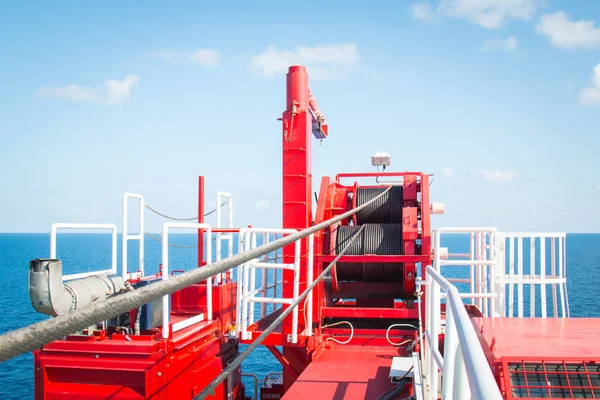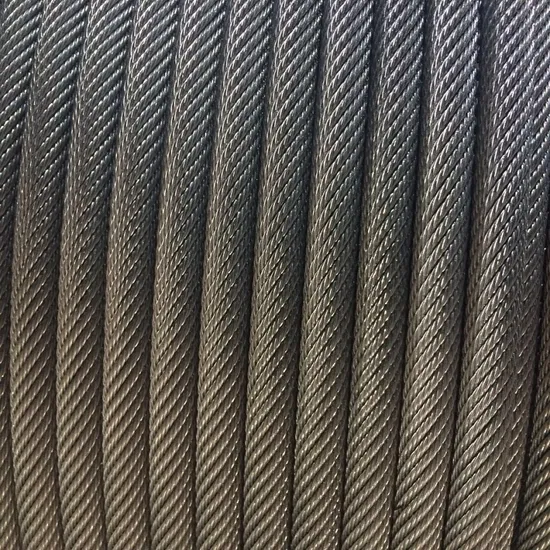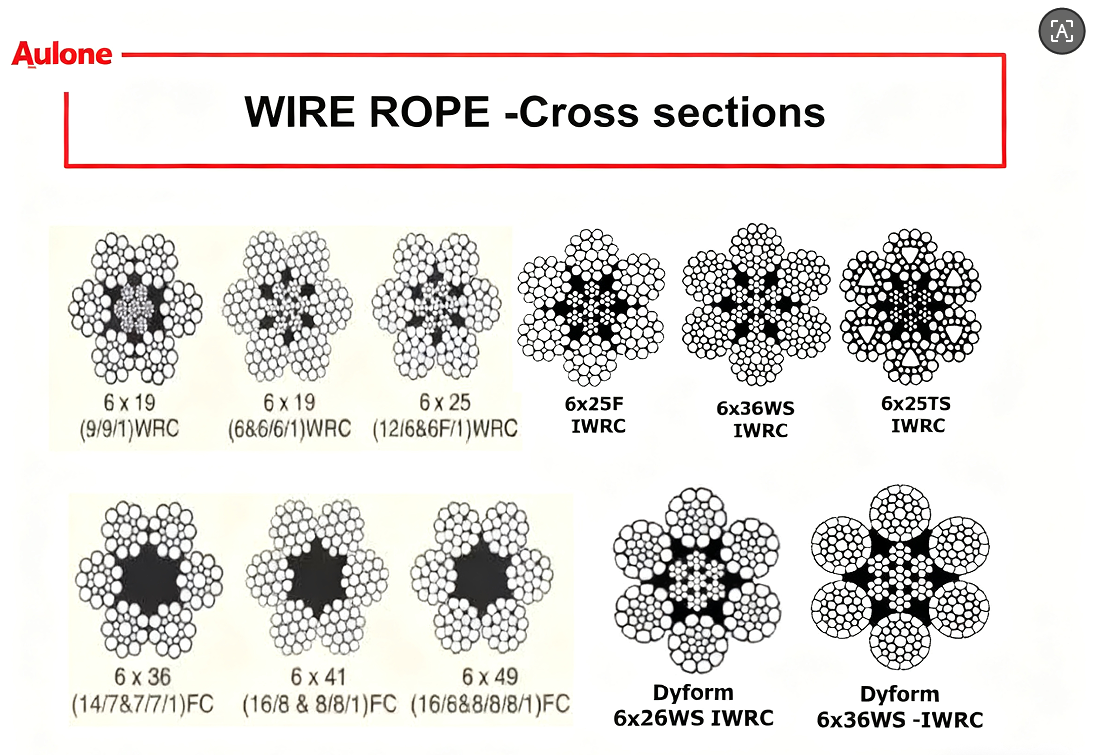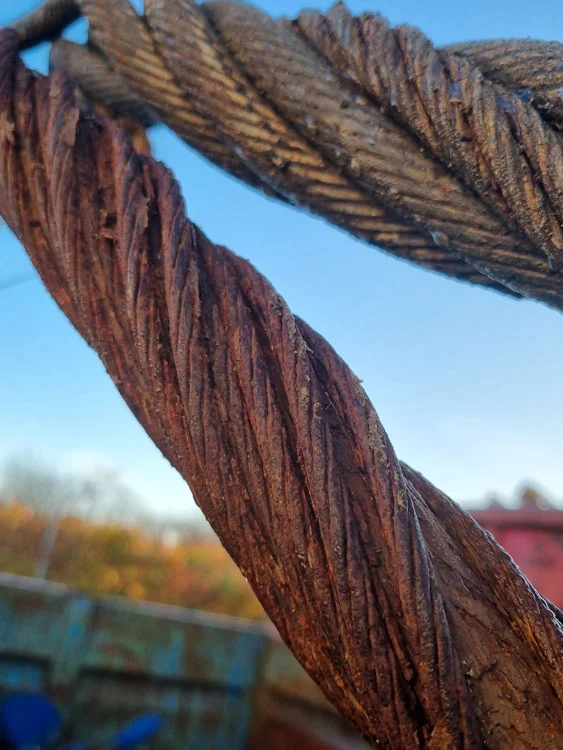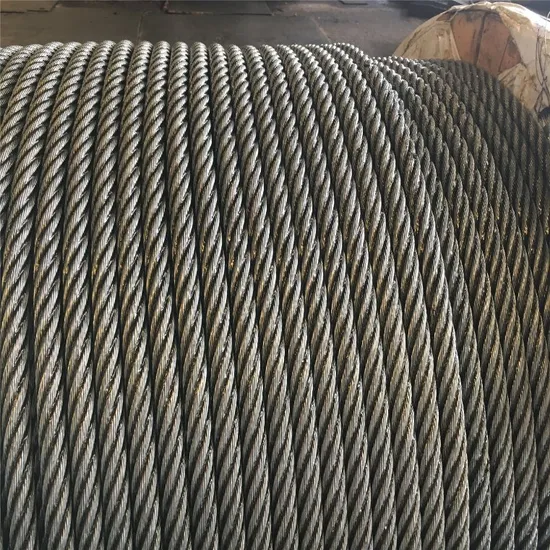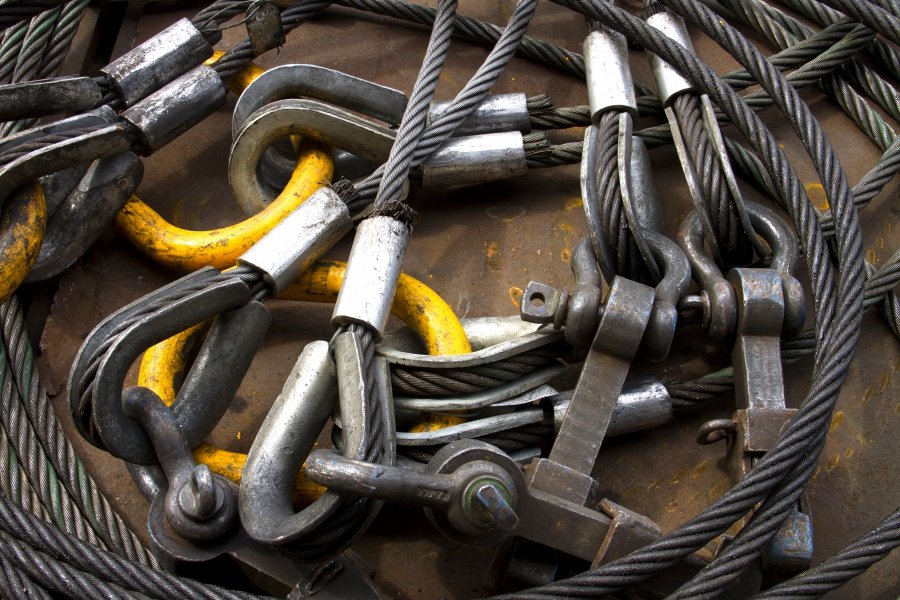
Problem: Improper storage damages your wire rope slings. Agitation: This leads to costly replacements and safety issues. Solution: Learning proper storage saves you money and keeps your operations safe.
Properly storing wire rope slings involves cleaning, lubricating, and coiling them correctly. You should keep them in a dry, well-ventilated area away from chemicals and extreme temperatures. This extends their life and ensures safety.
I remember once, a customer, let’s call him Alex, came to us with a batch of slings that looked far older than their actual age. “Jessica,” he said, “these just aren’t lasting.” It turned out his storage methods were the real culprit.
How Does Climate Impact Wire Rope Sling Storage?
Opening paragraph for h2: Climate plays a huge role in how long your slings last. Understanding this is key to smart storage.
Climate greatly affects wire rope sling integrity, with high humidity accelerating corrosion and extreme temperatures impacting material strength. Storing slings in a controlled environment mitigates these risks.

When we think about climate, it’s more than just hot or cold. It’s about humidity, the presence of airborne pollutants, and even direct sunlight. Each of these factors can quietly chip away at the life of your wire rope slings. Imagine a sling left out in a coastal area. The salt in the air, combined with high humidity, acts like a slow-acting acid, accelerating corrosion. This isn’t just about rust; it’s about the internal wires weakening, making the sling unsafe. On the flip side, extremely dry air can cause the lubricants to dry out faster, leading to increased friction and wear during use.
Consider a scenario where slings are stored near a chemical processing plant. Even if they aren’t directly exposed to spills, volatile chemicals in the atmosphere can subtly degrade the steel or the lubricant. Or think about slings stored in direct sunlight for extended periods. UV radiation, while not damaging the metal directly, can affect any plastic impregnation or protective coatings, leading to cracking or degradation.
Here’s a breakdown of climate impacts:
Humidity and Corrosion
| Element | Impact on Slings | Prevention Strategy |
|---|---|---|
| High Humidity | Promotes rust and accelerates corrosion, especially on galvanized or stainless steel ropes. | Store in dehumidified environments; apply rust-preventative lubricants. |
| Condensation | Forms when warm, moist air meets cold rope, leading to internal corrosion. | Ensure consistent storage temperatures; use proper ventilation. |
Temperature Extremes
| Element | Impact on Slings | Prevention Strategy |
|---|---|---|
| High Temperatures | Can thin lubricants, reducing their effectiveness and accelerating wear. | Store in temperature-controlled warehouses, away from heat sources. |
| Low Temperatures | Can make lubricants viscous, reducing their ability to penetrate and protect inner wires. | Avoid freezing conditions; ensure slings are at ambient temperature before use. |
Airborne Pollutants
| Element | Impact on Slings | Prevention Strategy |
|---|---|---|
| Dust and Dirt | Can abrade wire surfaces and absorb moisture, promoting corrosion. | Keep storage areas clean; cover slings when not in use. |
| Chemical Vapors | Can react with metal or lubricants, leading to degradation. | Store slings away from chemical storage or processing areas. |
What are the Best Practices for Cleaning and Lubricating Wire Rope Slings for Storage?
Cleaning and lubricating your slings before storage is not optional. It’s a vital step for extending their working life.
The best practices for cleaning and lubricating wire rope slings involve removing all dirt and debris, then applying a high-quality, compatible lubricant evenly. This keeps corrosion at bay and maintains flexibility for future use.
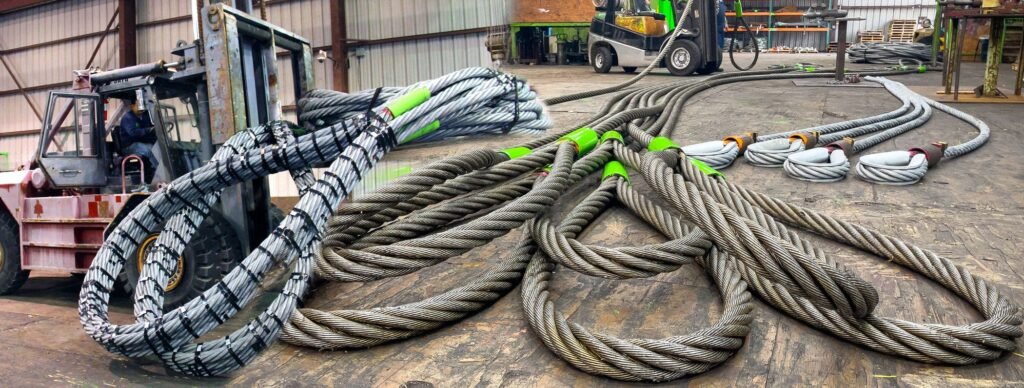
Before a sling goes into storage, it needs proper preparation. Think of it like taking care of a valuable machine; you wouldn’t put it away dirty. First, cleaning removes all the grime, dirt, and any corrosive substances that might have accumulated during use. This isn’t just about making it look nice. Dirt can trap moisture against the wires, allowing rust to start forming even in a seemingly dry storage environment.
Cleaning Steps
| Step | Description | Why it’s Important |
|---|---|---|
| Inspection | Visually check for any deeply embedded dirt, frays, or damage that needs attention. | Prevents storing a damaged sling; identifies areas needing extra cleaning. |
| Brush Away | Use a stiff brush (not wire, to avoid damage) to remove loose dirt and debris. | Gets rid of surface contaminants that can trap moisture. |
| Pressure Wash | For heavy dirt, a low-pressure wash can be used, but ensure quick and thorough drying afterward. | Effective for stubborn grime; requires immediate drying to prevent rust. |
| Air Dry | Allow the sling to thoroughly air dry. Using a forced air dryer can speed up the process. | Crucial to prevent moisture from being trapped under new lubrication. |
After cleaning, lubrication is the next critical step. Lubricants do more than just make the rope look shiny. They penetrate the individual wires, reducing friction as the wires move against each other during use and preventing internal corrosion. They also provide an external barrier against moisture and environmental contaminants. Not all lubricants are created equal. You need one specifically designed for wire ropes that is compatible with your sling’s material and any existing impregnation.
Imagine a sling that’s stored without proper lubrication. Over time, the internal wires, even if they look fine from the outside, will start to suffer from metal-on-metal friction during use. This leads to premature wear and a reduction in breaking strength.
Lubrication Best Practices
| Aspect | Best Practice | Benefit |
|---|---|---|
| Lubricant Choice | Use a wire rope specific lubricant. Consider plastic impregnated and galvanized options for specific needs. | Ensures optimal protection and penetration; matches sling material. |
| Application Method | Apply lubricant evenly along the entire sling. Can be sprayed, brushed, or for larger operations, dipped. | Guarantees complete coverage, protecting all wires. |
| Frequency | Lubricate before storing and periodically during long-term storage, especially in humid conditions. | Maintains protective barrier and internal flexibility. |
| Excess Removal | After application, wipe off any excess lubricant to prevent it from attracting dirt. | Keeps the sling clean and prevents unnecessary build-up. |
What are the Ideal Storage Conditions for Wire Rope Slings?
Opening paragraph for h2: Finding the right spot for your slings is as important as how you prepare them. Ideal storage conditions protect your investment.
The ideal storage conditions for wire rope slings include a clean, dry, and well-ventilated area with stable temperatures. Store slings off the ground, preferably on racks, and away from direct sunlight, chemicals, or corrosive environments.
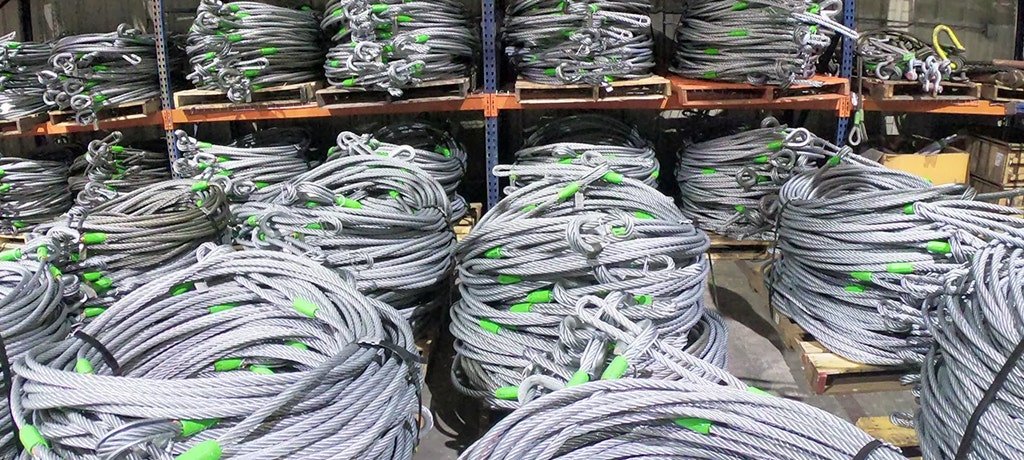
We’ve talked about climate and preparation, but where you actually put your slings matters just as much. The storage environment is the final layer of protection for your wire rope investment. Think of my customer, Alex again. He cleaned his slings, but then stored them in a damp corner of an outdoor yard, exposed to rain and sun. All that initial effort was wasted.
Key Factors for Ideal Storage
| Factor | Description | Why it’s Important |
|---|---|---|
| Cleanliness | The storage area should be regularly cleaned and free of dust, debris, and pollutants. | Prevents new contaminants from settling on slings and causing damage. |
| Dryness | Maintain low humidity levels. Avoid areas prone to leaks, condensation, or standing water. | Crucial for preventing rust and preserving lubricant effectiveness. |
| Ventilation | Good airflow helps to prevent moisture buildup and keeps the air fresh. | Circulates air, reduces humidity, and dissipates any lingering fumes. |
| Temperature Stability | Avoid extreme temperature fluctuations. A consistent, moderate temperature is best. | Prevents lubricant degradation and material stress from expansion/contraction. |
| Chemical Segregation | Store slings far away from any acids, alkalis, or other corrosive chemicals. | Prevents invisible chemical degradation of the rope’s materials. |
| Off-Ground Storage | Always store slings off the floor, preferably on racks or pallets. | Protects from ground moisture, dirt, and potential spills. |
| Coiling/Spooling | Store slings properly coiled or spooled to prevent kinking or permanent deformation. | Maintains the rope’s structural integrity and prevents premature wear. |
| Identification | Label slings with their inspection date, next due date, and load capacity. | Aids in inventory management and ensures proper use. |
| Security | Ensure slings are stored in a secure location, protected from theft or unauthorized use. | Protects your assets and prevents misuse. |
For example, a sling factory warehouse like ours at Aulone provides the perfect conditions. We have controlled environments that are dry, well-ventilated, and kept at stable temperatures. Slings are neatly arranged on racks, never directly on the floor. This dedicated system ensures that every sling maintains its quality from production to shipment. When you receive a sling from us, you know it’s been handled with care every step of the way. Replicating these conditions as much as possible at your facility makes a big difference.
Conclusion
Storing wire rope slings correctly is simple but very important. It saves money, keeps them working longer, and most importantly, ensures safety on every job.

